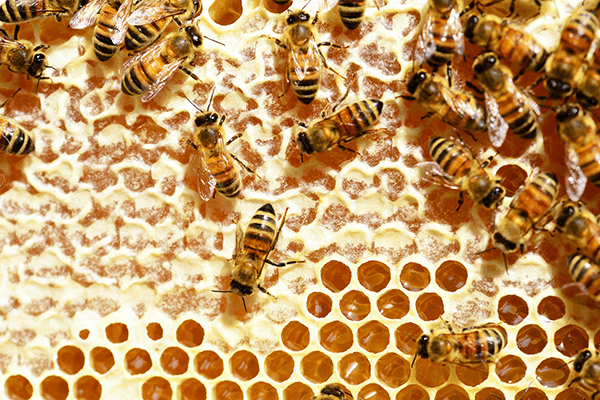
This study demonstrates how sorptive extraction using high-capacity HiSorb probes was used to extract aroma compounds spanning a wide volatility range from different honey samples. Automated statistical analysis was used to uncover subtle differences between the honey samples to determine possible markers of authenticity.
Introduction
Honey is a natural aromatic sweetener comprising over 95% water and sugars. The remainder is made up of compounds that include flavonoids, proteins, vitamins, free amino acids and volatile organic compounds (VOCs), which give different honey varieties their distinctive characterstics. Unfortunately, honey is prone to food fraud, where either a less desirable honey is misrepresented as a more desirable one or honey substitutes are used to add bulk to the original product. The most common substitutes are cheap sweeteners, such as high fructose/maltose syrups, cane and refined beet sugar. Traditional authentication techniques are becoming obsolete because they involve time-consuming sample preparation and pollen analysis by specially trained analysts. As a result, a new technique is being sought.
In this study, we demonstrate HiSorb, a high-capacity sorptive extraction technique, to sample key aroma compounds present in different varieties of honey. High sensitivity was achieved by using robust, inert metal probes with a high volume of divinylbenzene/carbon wide range/ polydimethylsiloxane (DVB/CWR/PDMS) sorptive phase. Sample extraction and enrichment were automated with the use of the Centri® platform coupled with gas chromatography–mass spectrometry (GC–MS) (Figure 1). The wide analyte range of VOCs extracted allowed a unique chemical profile to be determined for each honey sample. ChromCompare+ – easy-to-use chemometrics software – was used to carry out automated data mining to distinguish between honey varieties based on a statistical analysis of the differing features (i.e., compounds) between each sample. We show how this streamlined workflow can be used for the untargeted ‘discovery’ of authenticity markers and fast characterisation of honey varieties, which could help to combat food fraud and place less demands on analysts.





